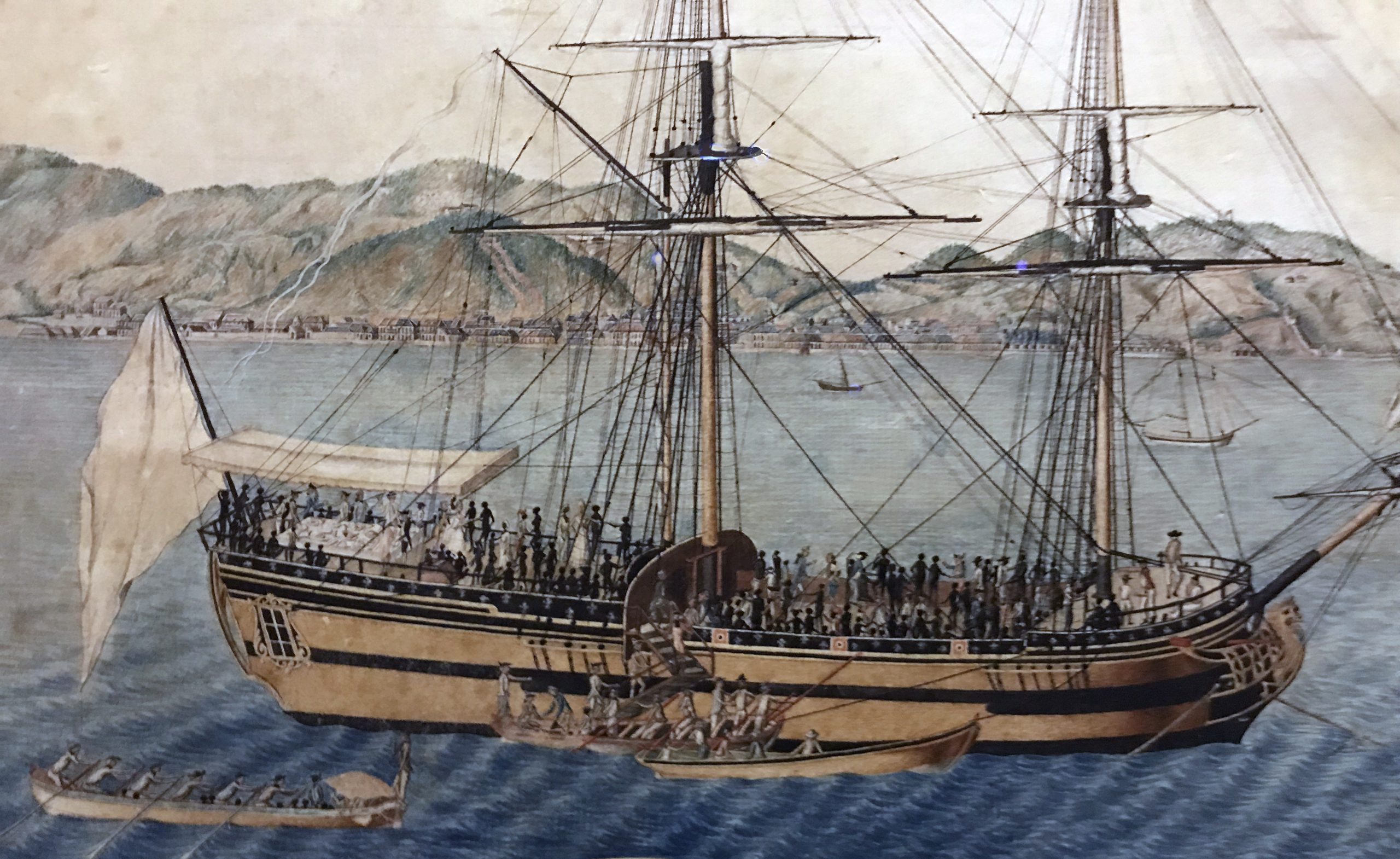Slaves, Slave Ships, and Slave Trade
Kelsey Rooney, Jaco Boshoff and Max Guerout
Introduction
Slavery is an old institution recorded around the world. It was known among hunter gatherers and became a generalized practice after the Neolithic Revolution, about 11,000 years ago. It is estimated than in certain African countries, in the Middle Ages, as much as 30% of the population was enslaved. In the 19th century American Confederacy slaves were around 38% of the population.

Slavery started declining by the late 18th century, when the Industrial Revolution brought cheaper labor to the cities, and abolition ended the obligation of the masters to feed their workers. The last country to officially abolish slavery was Mauritania, in 1981.Today the enslaved population on the world is estimated at less than 100,000 people, or about 1/100,000.
Having a special focus on European seafaring, this page is intended as a hub of resources for the study of slaves, slave ships, and slave trade.
Slave Voyages
Slave Voyages, the Trans-Atlantic and Intra-American slave trade databases, are the culmination of several decades of independent and collaborative research by scholars drawing upon data in libraries and archives around the Atlantic world. The new Voyages website itself is the product of three years of development by a multi-disciplinary team of historians, librarians, curriculum specialists, cartographers, computer programmers, and web designers, in consultation with scholars of the slave trade from universities in Europe, Africa, South America, and North America. The National Endowment for the Humanities was the principal sponsor of this work carried out at Emory Center for Digital Scholarship, the University of California at Irvine, and the University of California at Santa Cruz. The Hutchins Center of Harvard University has also provided support.
Slave Wrecks Project
The Slave Wrecks Project, a partnership between the Smithsonian’s National Museum of African American History and Culture, Iziko Museums of South Africa, the U.S. National Park Service, the South African Heritage Resource Agency, Diving With a Purpose, and the African Center for Heritage Activities, seeks to bring greater awareness to the study of sunken slave ships and build capacity for research and education in the field of maritime archaeology.
In 2015, the project confirmed the identity of a sunken slave ship—the first ever to be documented—that had been transporting enslaved Africans when it foundered. The discovery and documentation of the São José resulted from close cooperation between numerous local, national and international stakeholders. The project research not only raises the profile of the history and cultural impacts of the trans-Atlantic slave trade, but also establishes a new model of international collaboration among museums, research institutions, and the communities they represent.
Slave Ships
L’Utile, 1761
A French ship, L’Utile ran onto the reefs of Tromelin Island, about 450 Km east of Madagascar, on July 31, 1761.
São José, 1794
This Portuguese ship, left Lisbon on April 27, 1794, bound for Mozambique, under captain Manuel João Pereira, to get a cargo of slaves and deliver them to Brazil. On December 27, bound for Brazil, the ship hit a rock near Camps Bay, South Africa.
